Tough applications like steam injection for enhanced oil recovery require durable, accurate flow meters like the V-Cone.
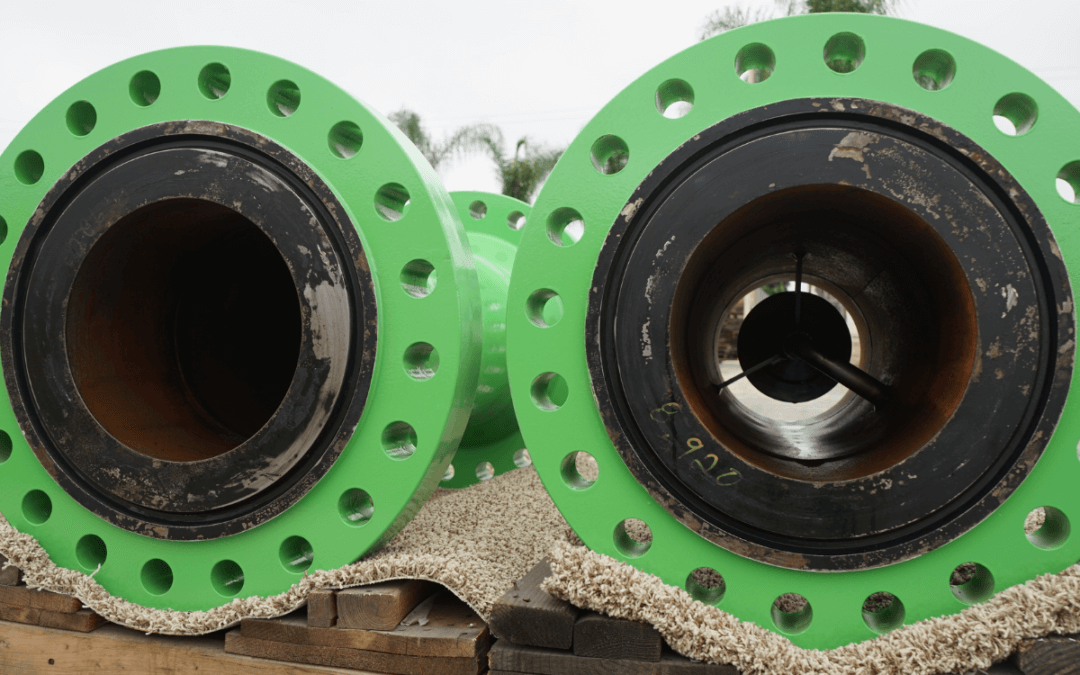

Tough applications like steam injection for enhanced oil recovery require durable, accurate flow meters like the V-Cone.
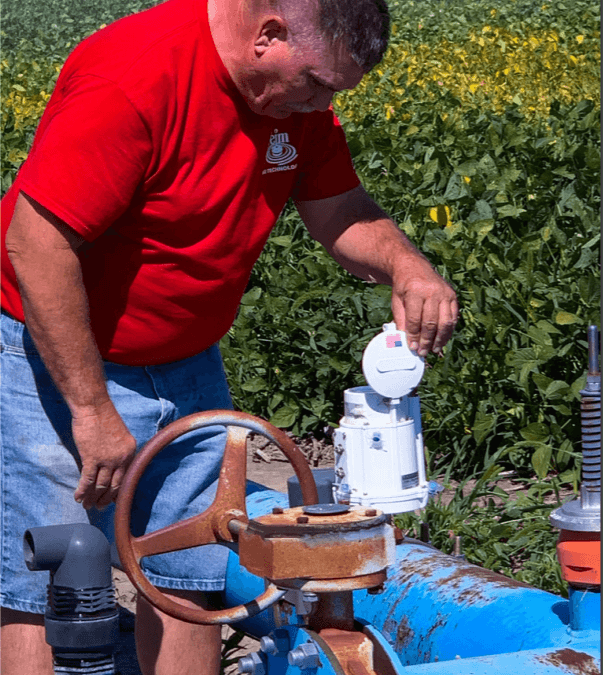
The MRNRD describes their adoption of flow meters for groundwater management, including the addition of FlowConnect telemetry.

V-Cone meters are designed for tight fit and retrofit applications for liquid and steam measurement in breweries and industrial food and beverage.
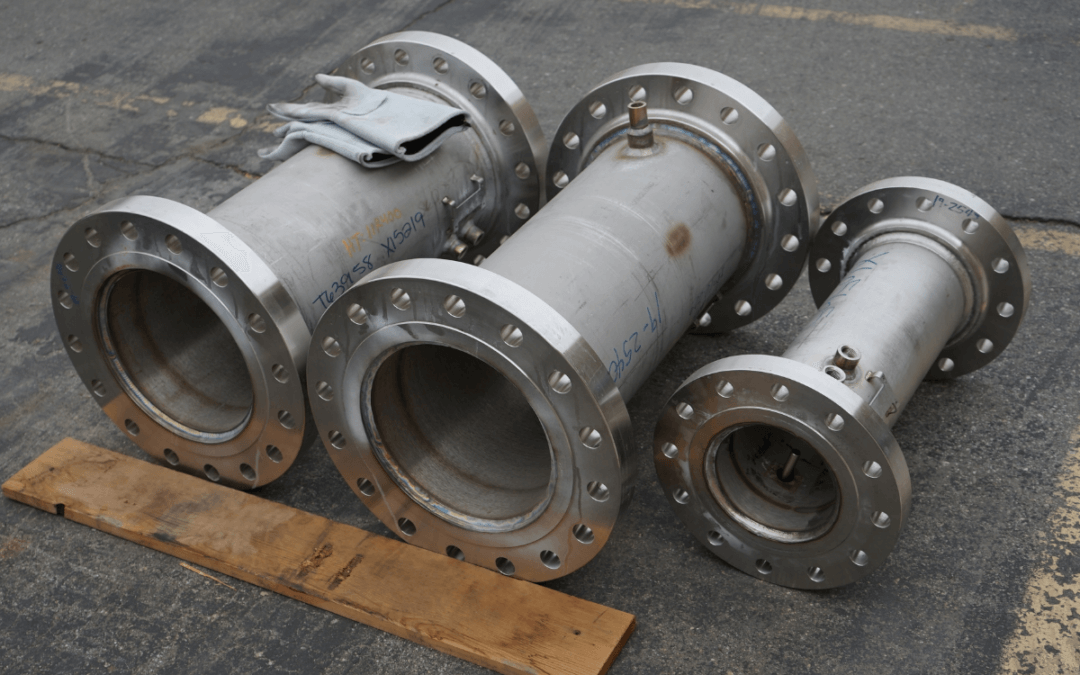
If you’re in the oil and gas industry you’ve heard of sour service, a flow media composed of hydrogen sulfide (H2S) that is often found in natural gas, drilling, crude oil production, and even some wastewater applications. It’s also known for causing stress-induced...
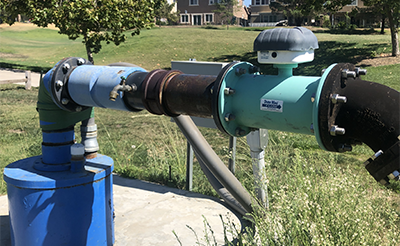
The changing regulatory environment has made flow meter implementation more popular in many agricultural and turf irrigation applications. Meters have gotten a negative reputation because historically, they’ve been implemented only when resources are limited, and...
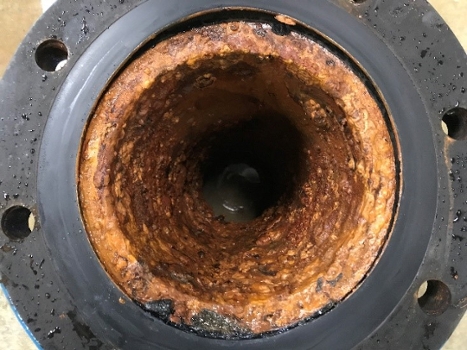
Oftentimes in municipal flow applications utilities and districts opt for a propeller meter, an electromagnetic (mag) meter, or another type of “no moving parts” meter like an ultrasonic device. However, there are instances in which a differential pressure (DP) meter...
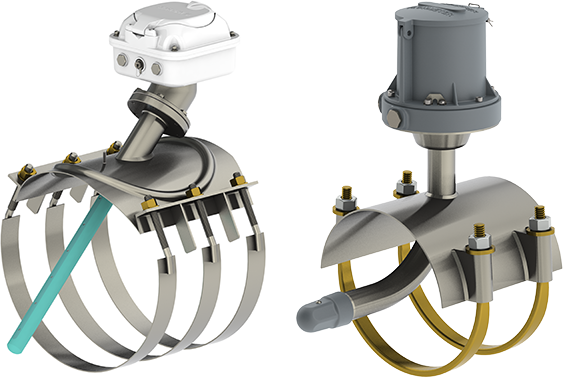
We’ll let you in on a secret – the difference is more than just a number! The names may be similar, but each meter has a unique construction and design, different product specs, and value-rich features that different customers favor. The Mag Meter Tech Specs Despite...
California may be celebrating a recent departure from the longstanding drought, but there’s certainly no departure from water conservation and sustainability efforts. In fact, ever since the Sustainable Groundwater Management Act (SGMA) went into effect in 2014,...
In the modern age, accurate and efficient flow measurement is crucial for managing water resources effectively in the municipal market. Municipalities worldwide are faced with the task of ensuring reliable water supply, monitoring usage, and managing wastewater...
As the world's population continues to grow, food production must keep up with the increasing demand. The agriculture industry is constantly looking for ways to increase efficiency and output without sacrificing quality. One way to achieve this is by implementing...